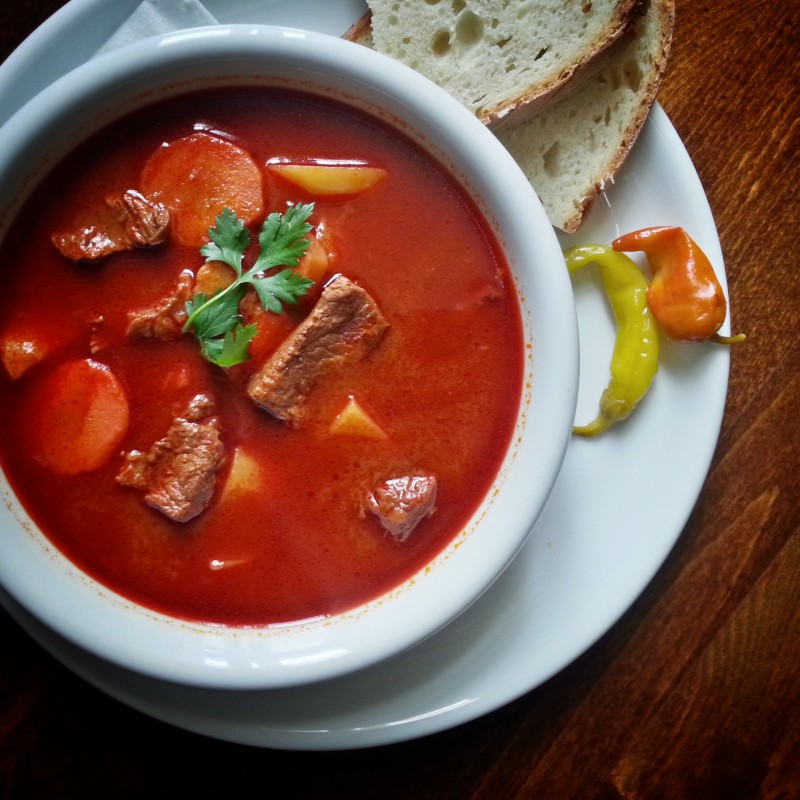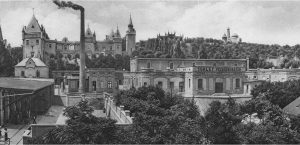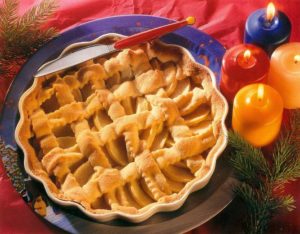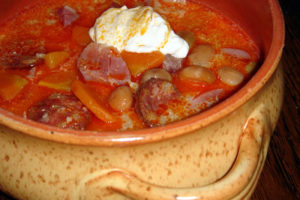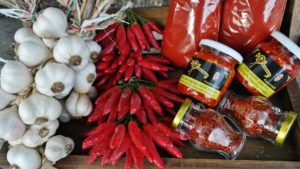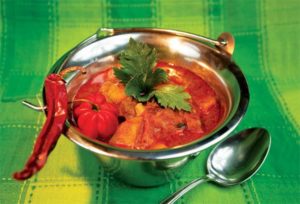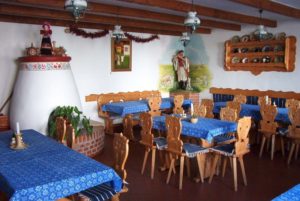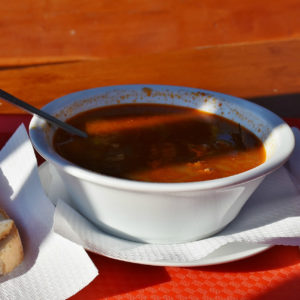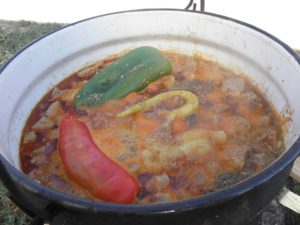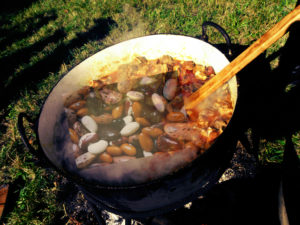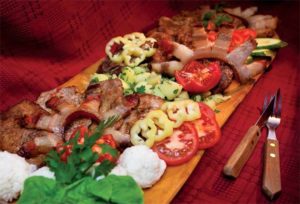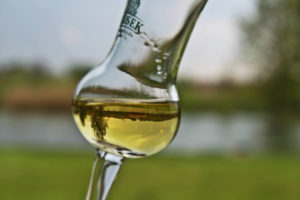Interesting facts about the Hungarian goulash – Hungarian goulash history
Interesting facts about the Hungarian goulash! Once it was the shepherds food, as its names stands for (the hungarian goulash is the shepherd in other word). The name is from the Árpád-era (from the 10th to the 13th century), the food itself is made later. From the second half of the 18th century, through the villager cuisine became the goulash common food. In the beginning, the goulash in every Hungarian household is eaten and offered, but after a few years, in the reform era (the first half of the 19th century) the goulash was on every restaurant’s menu.
Its popularity, the fame on the table is comes with the development of the national consciousness. From the middle of the 18th century, everything, which is Hungarian, was a tool against the straining of the German language. It could be literature, music, dance, clothing, habits, foods, or drinks. It has become famous, it has been popularized, was the favorite. It happened even with the shepherd food, well known as the goulash.
The ingredients of the goulash made by the industrial hospitality can be found in the master book of the profession, written by József Venesz and Emil Túrós. Its Hungarian title is “Egységes vendéglátó receptkönyv és konyhatechnológia”. It sais, that the goulash needs lean beef, given amount of grease, onion, garlic, paprika, salt, caraway, tomato, potato and “csipetke”. It can be made in kettle, pot or even in casserole.
It is a common agreement in the households, and in the restaurants, that the goulash can only be made from hard beef and the real goulash is made only in kettle!
After that, here are some interesting variations. First of all, the csángó goulash with rice and sour cream, the Kolozsvár-style with cabbage, the Szeged-style or Great Plain style, with mixed vegetables and kale. In the csikós-goulash instead of the csipetke is vermicelli is advised. In other places, csusza-pasta is added to the soup.
Typical urban fantasy-made style is the “Fiáker-goulash”, which needs gherkin and weenie, and must be taste like the stew. And to play with the names, in the older or newer goulashes are some, which called beer-goulash, bean-goulash, scamp-goulash, or even Tenkes-goulash, Likócsi-goulash. Not mentioning the false-goulash and the war-goulash.
(With the permission of the organizers of the Goulash Festival of Szolnok. Source: Dr. Balázs Draveczky (1938-2003), the manager of the Hungarian Museum of Trade and Tourism)



